








MIDWEEK UPDATE 23 MAY 2018Plan Your Weekend……..Forthcoming Events…….Aviation News Worldwide Incidents and Accidents……This Week in Aviation History  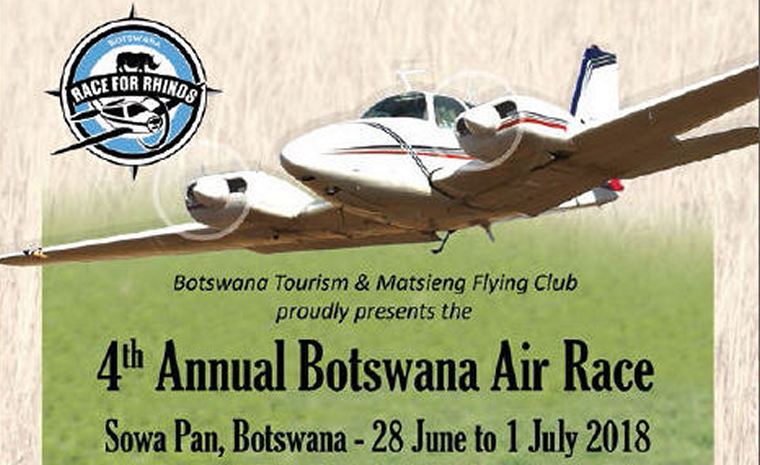 3rd Saturday of every month. Microland. Bring and braai. Fires and bykos provided. Fires start from 09h30. Contact person: Nick Swardt 082 441 8011 or Alan Hussey 072 82 2341 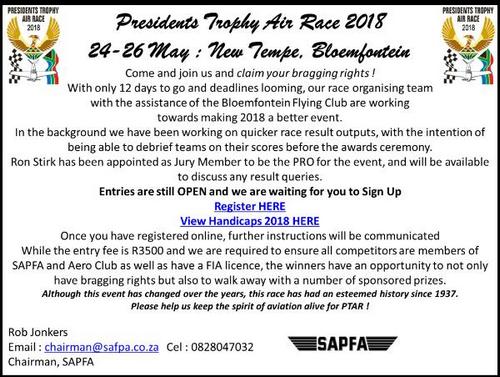 24 - 26: SAPFA President's Air Race Tempe, Bloemfontein. Rob Jonkers chairman@sapfa.co.za 082 855 9435. Website: www.sapfa.org.za E-mail: Race@sapfa.org.za. Race director Robin Spencer-Scarr: E-mail: robin@stylegroup.com.au. 26: Balito Microlight Fly in. Contact Brad Mears brad@hsinvest.co.za 26: Matsieng Airshow. Contact Riaan van Vuuren E-mail: riaan@gir.co.bw Tel: +26 771 66 1201 29 May Aero Club of South Africa would like to notify you that due to the failure of a quorum being present at the Special General Meeting held 15 May 2018 the financials were not approved. As per the Aero Club of South Africa's Articles of Association the Aero Club need to adjourn the Special General Meeting to Tuesday 29 May 2018 at 18h00 in the EAA Auditorium in Rand Airport, Germiston. Kindly make every effort to attend the meeting to approve the financials and confirm your attendance to the meeting on or before 25 May 2018. Sandra Strydom. Tel: 011 082 1100 E-mail: sandra@aeroclub.org.za   2: SAAF Museum AFB Zwartkop open practise day. Officer Commanding - Museum oc@saafmuseum.org.za 012 351 2290 2: Kroon Fly in. Rosslyn Micro Flyers. Breakfast R50.00. Contact Dawie 082 596 2355 or Marius 083 419 6613. 6: EAA Chapter 322 meeting. Dicky Fritz Moth Hall Edenvale. Contact: editor@afskies.co.za 9: Champ Newcastle Airshow. johan@champ.co.za 082 923 0078 9: Bethlehem Fun Rally - Bethlehem Airfield. Contact Rob Jonkers e-mail: rob@aerosud.co.za Cell:082 804 7032  23: Reefsteamers NPC- Krugersdorp Flying Club - Vintage and Veteran Car Club 23 June 2018 event. RS Train -vintage planes, cars and bikes. Contact Ian Morison imorison@worldonline.co.za 3rd Saturday of every month. Microland. Bring and braai. Fires and bykos provided. Fires start from 09h30. Contact person: Nick Swardt 082 441 8011 or Alan Hussey 072 82 2341 24-28: South African Hot Air Balloon Championships 2018, Skeerpoort North West Province. Contact Richard Bovell richard@bovellross.com 28 June- 1 July: Race for Rhinos - Kuba Island - Botswana. Contact Chris Briers e-mail: chris@airteam.co.za cell: 082 568 7988  4: EAA Chapter 322 meeting. Dicky Fritz Moth Hall Edenvale. Contact: editor@afskies.co.za 6-10: Zim Navex - Prince Charles Airport - Harare. Marion Kalweit - 2017 Air Rally Committee email: zimairrally@gmail.com Tel +263772570009 8: SAAF Museum AFB Zwartkop open practise day. Officer Commanding - Museum oc@saafmuseum.org.za 012 351 2290 14-16: Nysltroom Taildraggers. E-mail: Richard Cell: 082 490 6227 Richard.nicholson1963@gmail.com 14: SAC Judges Trophy. Kitty Hawk. Contact Annie Boon chunge@mweb.co.za  21: Krugersdorp Flying Club Airfield Festival and spot landing competition. Contact kfc@iafrica.com or phone 082 374 5559 3rd Saturday of every month. Microland. Bring and braai. Fires and bykos provided. Fires start from 09h30. Contact person: Nick Swardt 082 441 8011 or Alan Hussey 072 82 2341 23 -29: EAA AirVenture Oshkosh, Wisconsin, USA Camping on the airfield contact Neil Bowden E-mail: neil1@telkomsa.net Hotels in Appleton contact Calvin Fabig E-mail: calvin@designer.co.za   5: SAAF Museum AFB Zwartkop open practise day. Officer Commanding - Museum oc@saafmuseum.org.za 012 351 2290 3rd Saturday of every month. Microland. Bring and braai. Fires and bykos provided. Fires start from 09h30. Contact person: Nick Swardt 082 441 8011 or Alan Hussey 072 82 2341 9: Stellenbosch Flying Club Women's Day Fly in. Contact Alison Navarro 083 728 78386 architecnic1953@gmail.com or Louise Hofmeyer 083 454 1104 louise@airshowsa.org.za 19: Rand Airport Airshow. Contact Stuart Coetzee E-mail: manager@randairport.co.za Tel: 011 827 8884 25: Sheila Taylor Fun Rally - Krugersdorp Airfield. Contact Grant Rousseau Cell: 082 329 3551E-mail: gr@kama.co.za 25 - 25: Bethlehem Airshow Stefan Fourie fouriesj1491@gmail.com 072 344 9678 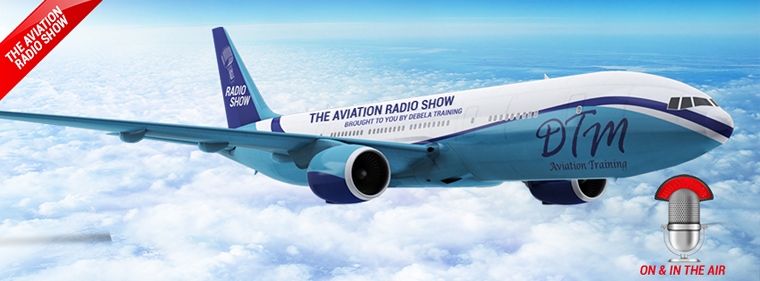 The Aviation Radio Show; get all your questions answered in one place. To listen to a recording of the live broadcast click on the link: www.debela.co.za/aviation-radio-show  BAT HAWK SOUTH AFRICA  The Bat Hawk is a proudly South African "Light Sport Aircraft" designed and built by Micro Aviation SA in Africa for African conditions. Photo © Bat Hawk. The aircraft is supplied as a complete ready to fly aircraft. The aircraft complies with the ASTM2245 Build Standard rules and regulations as well as South African Civil Aviation Type Approval. It features a strut-braced high-wing, a two-seats-in-side-by-side configuration open cockpit, fixed tricycle landing gear and a single engine in tractor configuration.  Performance of the Bat Hawk in its multiple options has been widely acclaimed as nothing short of sensational. In the hands of a learner it remains perfectly balanced for fingertip control and hands off flight, but pushed to the maximum by an experienced pilot the manoeuvrability is breath-taking. Several important designs are incorporated into the Bat Hawk, which include a 100 hp 4-cylinder Rotax® engine with substantial cheekplates and engine mountings and an all up weight of 540 kg, strong main gear, large 'bush' tyres, hydraulic disk brakes, large fuel tank capacity (80 litres), zip open / close luggage area, MGL Engine Monitoring System, strong wing spars and wing struts, streamlined nose pod and a large windscreen for improved visibility. There is a big demand for this LSA aircraft in the surveillance and conservation industries and with the Bat Hawk's propeller up and out of the way it reduces the risk of damage by grass, sticks, stones and sand. Making it a true "Bush Plane". The Bat Hawk's cockpit is very similar to that of a helicopter with excellent forward visibility as well as to both sides. All parts and materials are sourced in South Africa, fabricated and approved.  Tecnam announced that the European Aviation Safety Agency (EASA) had validated a major enhancement to the Tecnam P2010 4-seater general aviation aircraft approving the Lycoming IO390-C3B6 215 HP engine. Photo © Tecnam. The P Twenty-Ten in its standard configuration is powered by the renowned 180 HP Lycoming IO-360 and has a high fuel capacity of 240lt, 63.4 US Gal and is the first new single engine, high wing, four-seat aircraft from Tecnam that brings together an advanced technology all carbon fibre fuselage with a metal wing and stabilator. Tecnam is one of few OEM's that are both able and capable to produce GA aircraft incorporating both metal and composite components. The state of the art Tecnam P Twenty Ten is now the most advanced and modern single engine trainer aircraft in the marketplace. Both versions, (180 Hp and 215 Hp), are equipped with Garmin's innovative G1000 Nxi state-of-the-art avionics platform. The G1000 enables not only wireless cockpit connectivity but wireless database updates via Garmin Flight Stream resulting in enhanced situational awareness. Paolo Pascale, Tecnam CEO, "Tecnam reaffirms its commitment in giving our customers a wide range of GA aircraft options. More power on the P2010 should enable private owners to really enjoy their cross country trips in particular." Stephen Pope from 'Flying' magazine commented "The Tecnam P2010 is one of those airplanes that you can't help but stop to look at when you see it on the ramp. It's something different. Something silky smooth. With flowing lines. My goodness, it's sexy"  Jack Bally, EAA 348338, and test pilot Richard Kosi, EAA 666459, have announced their plans to bring Jack's remarkable 1/3-scale B-17, named Obsession, but best known as the Bally Bomber, to EAA AirVenture Oshkosh 2018. Jack, who worked for decades as a carpenter, started on the project in 1999, working from a set of plans for a 1/9-scale RC model. After scaling up the plans, he started toiling away at his home in Dixon, Illinois, estimating that the project would be finished in about five years. Seventeen years, 25,000 rivets, and approximately 40,000 man-hours later, the airplane made its first flight in November of 2016. As that flight was unintentional - an unexpected gust turned it from a taxi test to a takeoff - the video that was shot that day doesn't actually show the airplane in the air, a fact that proved especially tantalizing to the thousands of enthusiasts who'd been watching the project for years. With the airplane on display at AirVenture, thousands of followers will finally get the chance to see it in person. "The Bally Bomber embodies the spirit of homebuilt innovation and creativity," said Rick Larsen, EAA's vice president of communities and member programs, who coordinates AirVenture features and attractions. "Just like so many other EAAers, I'm really excited to see it first-hand." The Bally Bomber is expected to be on display all week, alternating between Boeing Plaza and the Replica Fighters Association, with exact details to be announced. 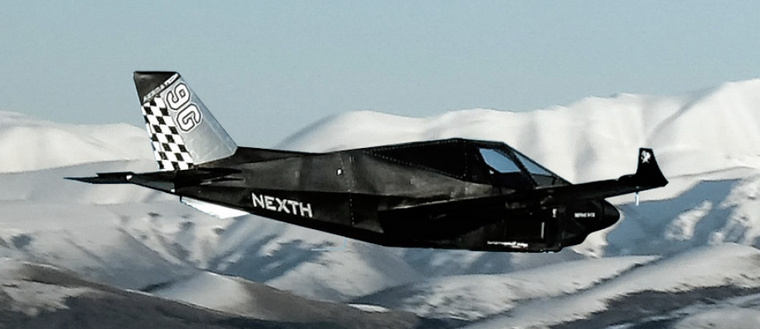 "...this plane likes me, it has nothing of ultralight, it's a real plane" (first flight impression of German Certification Agency Test Pilot). Photo © Nexth NEXTH is an intuition, before than a product, of its philosophy: pure passion for flying linked to technical engineering awareness as required to live it in safety without empiricism, designed and produced within the passion for doing things well.  The Nexth complies with the Fédération Aéronautique Internationale microlight rules. A later version will comply with US light-sport aircraft rules. The design features a cantilever mid-wing, two seats in side-by-side configuration, retractable tricycle landing gear made from titanium and a single 100 hp (75 kW) Rotax 912ULS four cylinder, liquid and air-cooled, four stroke engine in tractor configuration. Cockpit access is by two gull wing doors hinged at the top.[1][3] The aircraft was designed to meet aerobatic category requirements, including +9 and -4.5 g. The aircraft fuselage is an aluminium sheet covered steel space frame, based on Formula One racing construction techniques. Its 7.90 m (25.9 ft) span wing employs winglets and flaps. Fuel is carried in a single fuselage tank and totals 130 litres (29 imp gal; 34 US gal), giving a range of over 1,700 km (1,056 mi).[ Marino Boric, writing in the World Directory of Leisure Aviation notes that the Nexth fuselage is an unusual multi-faceted shape reminiscent of stealth fighter design. The prototype was painted black, which adds to the resemblance.? 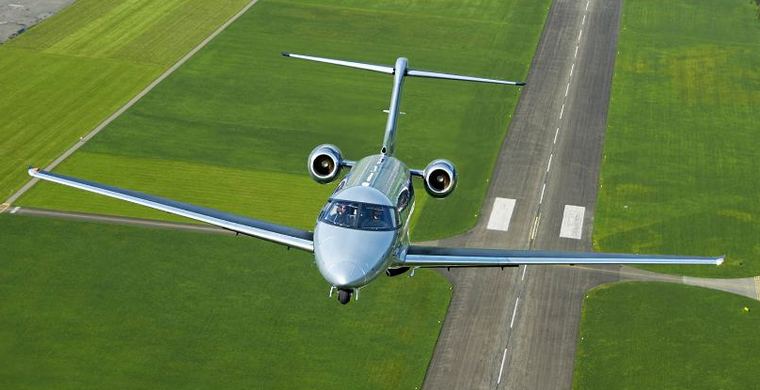 Financial 2017 was an extremely busy year for Pilatus, and an exceptionally successful one, too. With sales of 986 million Swiss francs, 115 aircraft deliveries, a full-time workforce of over 2000 and - the absolute highlight - certification of the PC-24 at the end of the year, Pilatus achieved the goals. Photo © Pilatus. As a whole, financial 2017 turned out better than the previous year. At 986 million Swiss francs, sales fell just short of the one billion mark. After deduction of 107 million Swiss francs for investment in Research & Development, the operating result amounts to a total of 135 million Swiss francs. The future looks good: at 2.17 billion Swiss francs, the current order volume is equivalent to more than two years in sales revenue. Pilatus wrote Swiss aviation history in 2017: with the PC-24 certified by the European Aviation Safety Agency (EASA) and the Federal Aviation Administration (FAA), the first Swiss business jet is now ready for delivery to customers. The first series-production PC-24 completed its maiden flight on 7 December 2017, just five days after certification. The handover to PlaneSense, the very first PC-24 customer, went ahead before the end of the year. In January of the new year, the PC-24 with serial number 101 was flown to Pilatus Business Aircraft Ltd, the American subsidiary, where handover to the future operator was marked by a big celebration. Meanwhile, the first PC-24 flies and flies and flies: it has now completed over 250 hours in the air - exactly as one would expect of a Pilatus aircraft! Across the Group as a whole, the number of full-time employees exceeded 2000 for the first time ever in 2017. A total of 152 new jobs were created over the past year. The Pilatus Group employed 2113 employees as at the end of 2017, including 123 apprentices. 94 percent of the workforce is based in Switzerland, sending a very clear and positive signal regarding the commitment to the current location. Bell's V-280 Valor light tiltrotor aircraft has flown in level flight with its tiltrotors in the horizontal/cruise mode for the first time this week. The aircraft reached 190 knots (218 MPH) during the flight. The V-280 is designed for a cruising speed of 280 knots (320 mph; 520 km/h) (hence the name V-280), a top speed of 300 knots (350 mph; 560 km/h), a range of 2,100 nautical miles (2,400 mi; 3,900 km), and an effective combat range of 500 to 800 nmi (580 to 920 mi; 930 to 1,480 km). Expected maximum take-off weight is around 30,000 lb. In one major difference from the earlier V-22 Osprey tiltrotor, the engines remain in place while the rotors and drive shafts tilt. A driveshaft runs through the straight wing, allowing both prop rotors to be driven by a single engine in the event of engine loss. The V-280 will have a crew of 4 and be capable of transporting up to 14 troops. Dual cargo hooks will give it a lift capacity to carry a 10,000 lb (4,500 kg) M777A2 Howitzer while flying at a speed of 150 knots (170 mph; 280 km/h). The fuselage is visually similar to that of the UH-60 Black Hawk medium lift helicopter. When landed, the wing is in excess of seven feet from the ground, allowing soldiers to egress easily out of two 6-foot (1.8 m) wide side doors and door gunners to have wide fields of fire. Although the initial design is a utility configuration, Bell is also working on an attack configuration The demonstrator was undergoing ground testing in October 2017. Bell released a video on 18 December showing the first flight with the area around the pivots blurred. In April 2018, it has ran for 75 hours on the ground and flown for 19 hours, up to 80 knots, before transitioning to airplane flight by the end of the month. By the end of the month, it attained 140 kn (260 km/h) with prop rotors 60-deg. Forward.  CH-53K helicopter can lift three times the external load of its predecessor. Photo © Sikorsky. Sikorsky, a Lockheed Martin company (NYSE: LMT), delivered the first CH-53 King Stallion helicopter to the U.S. Marine Corps (USMC) today. The aircraft is the first of an expected 200 helicopters for the Marine Corps' fleet. The CH-53K is the new build replacement for the U.S. Marine Corps' aging CH-53E Super Stallion fleet. The CH-53E first flew in 1974 and entered service with the USMC in 1981. This first CH53K heavy lift helicopter will be stationed at Marine Corps Air Station New River in Jacksonville, North Carolina. There the helicopter enters into the Supportability Test Plan. U.S. Marines will conduct a logistics assessment on the maintenance, sustainment and overall aviation logistics support of the King Stallion. This assessment also will validate maintenance procedures with Marine Corps maintainers conducting hands-on care/upkeep of the aircraft. The Supportability Test Plan will ensure readiness and support on the flight line when CH-53K helicopters enter into service with the USMC. Sikorsky expects to deliver its second CH-53K helicopter to the USMC in early 2019.  "I am very proud of the work accomplished to deliver the most powerful helicopter ever designed into the hands of our Marines," Lt. Gen. Steven Rudder, Deputy Commandant for Aviation, said. "And confident in the teamwork and dedication in this program which will carry us to IOC (Initial Operational Capability) next year." Sikorsky is preparing its manufacturing facility in Stratford, Connecticut, to house CH-53K production beginning this summer. The heavy lift helicopter made its international debut and showcased its manoeuvrability and advanced fly-by-wire technology during demonstration flights at the recent ILA Berlin Air Show in Berlin, Germany. For the latest video and photos from the air show please visit our Twitter and Facebook channels. The CH-53K is an all new aircraft, using modern intelligent design. The rugged CH-53K helicopter is designed to ensure reliability, low maintenance, high availability and enhanced survivability in the most austere and remote forward operating bases. 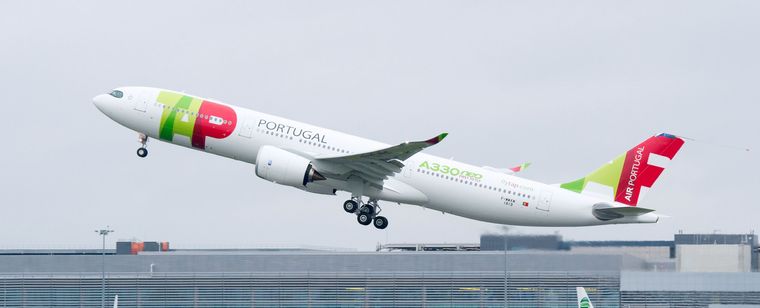 The first A330neo for launch operator TAP Air Portugal - MSN1819 - completed its 4:32 hours maiden flight. The aircraft now joins the fleet of two A330-900 test aircraft already performing flight tests since 19 October 2017. Photo © Airbus. MSN1819 is the first aircraft fitted with the Airspace cabin by Airbus. It is equipped with light Flight Test Instrumentation during its test phase to check cabin systems such as air conditioning, crew rest etc. With over 1,700 orders, the A330 is the most popular wide-body aircraft ever, performing nearly 1,000,000 flights every year. Today, more than 1,400 aircraft have been delivered to almost 120 customers worldwide on a wide range of routes, from domestic and regional flights to long range intercontinental services. Offering the lowest operating costs in its category, and thanks to continuous investments in latest innovations, the new generation A330neo is the most profitable and best performing aircraft in its size category. The A330neo first delivery is planned in summer 2018. The A330neos will usher the brand-new Airspace by Airbus cabin concept, a consumer-centric cabin developed with passengers at heart and airlines in mind around the four pillars: Comfort, Ambience, Service and Design. These cabin options will ensure that the A330neos will set the benchmark in passenger experience and airline value, alongside its wide body partner, the A350 XWB.  Alaska, Philadelphia: An Alaska Airlines Airbus A321-200N on a flight from Los Angeles to New York was about 65nm south of Philadelphia and about 130nm south of New York's JFK Airport when the crew reported an indication of a high oil temperature on the right hand engine and shut the engine down. The aircraft diverted to Philadelphia for a safe landing. Nepal, Simikot: A Cessna 208B Grand Caravan, operated by Makalu Air on a domestic cargo flight impacted a mountainside in Nepal at an altitude of 12,800 feet. Both crew members suffered fatal injuries. Mexico, Tuzantán: Two occupants were killed when their Cessna 208B Grand Caravan impacted terrain and burned on a wooded hillside in the Tuzantán municipality in Mexico. Saudi Arabia, Khunfeh wildlife reserve: A Maule M-6-235C Super Rocket operated by the Saudi Wildlife Authority crashed under unknown circumstances in Tabuk. The light aircraft sustained unknown damage and all 4 on board suffered fatal injuries. Canada, Pearson International Airport: Two female passengers who boarded an Air Canada flight from Montreal to Calgary on board were already highly intoxicated before the plane took off. During the flight attendants determined that they were out of control and their behaviour was so disruptive that they could not provide passengers with alcohol and food service. The captain felt he could not continue the flight and landed at Pearson International where police boarded the plane and arrested the two women, who were described by a source as being "severely intoxicated." Ukraine, Zaporozhye: A Wind Rose Aviation Embraer ERJ-145 operating on behalf of Ukraine International Airlines with 37 passengers and 4 crew, landed at Zaporozhye but suffered a runway excursion. The Wind Rose aircraft veered left off the runway, exited the left runway edge about 1745 meters past the runway threshold and came to a stop about 99 meters to the left of the runway centre line. There were no injuries. Ukraine's NBAAI rated the occurrence a serious incident and opened an investigation. A similar runway excursion had occurred in September 2017. On May 16th 2018 the NBAAI released their final report in Ukrainian concluding the probable cause of the incident was: Untimely and insufficient actions by the crew to maintain directional control while landing on a contaminated runway in crosswinds. Contributing factors were: A crosswind of 16 knots on a contaminated runway and incorrect pre-flight data provided to the crew and insufficient pre-flight preparation by the crew. 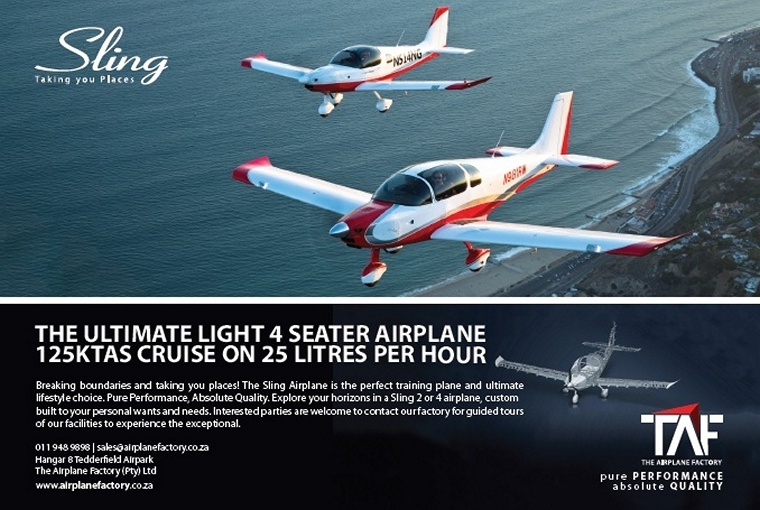  23 MAY 1848 Otto Lilienthal, key figure in the history of flying, is born in Anklam, Germany. He became the first man to fly (glide) with both regularity and control. The Wright brothers regarded his 1899 book as their bible. 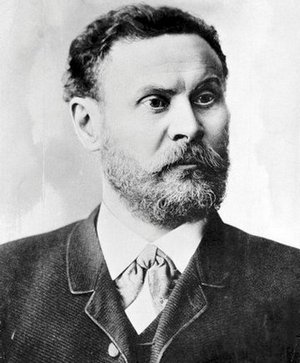 Fascinated by the idea of manned flight, Lilienthal and his brother made strap-on wings, but failed in their attempts to fly. He then attended the regional technical school in Potsdam for two years and trained at the Schwarzkopf Company before becoming a professional design engineer. He would later attend the Royal Technical Academy in Berlin. Lilienthal's greatest contribution was in the development of heavier-than-air flight. He made his flights from an artificial hill he built near Berlin and from natural hills, especially in the Rhinow region. 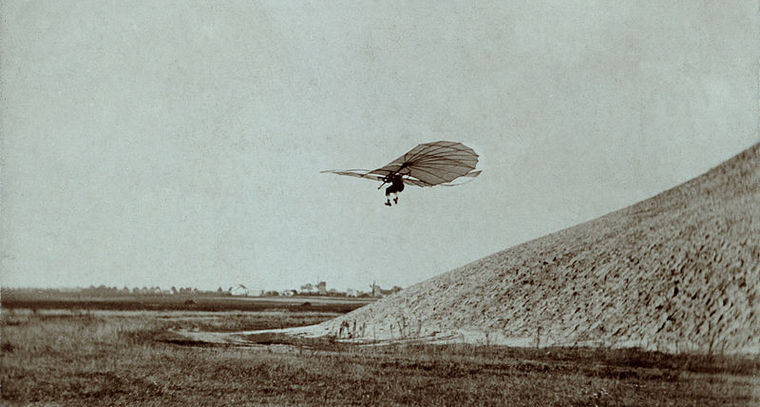 During his short flying career, Lilienthal developed a dozen models of monoplanes, wing flapping aircraft and two biplanes. His gliders were carefully designed to distribute weight as evenly as possible to ensure a stable flight. Lilienthal controlled them by changing the centre of gravity by shifting his body, much like modern hang gliders. However they were difficult to manoeuvre and had a tendency to pitch down, from which it was difficult to recover. One reason for this was that he held the glider by his shoulders, rather than hanging from it like a modern hang glider. Only his legs and lower body could be moved, which limited the amount of weight shift he could achieve. Newspapers and magazines published photographs of Lilienthal gliding, favourably influencing public and scientific opinion about the possibility of flying machines becoming practical. On 9 August 1896, his glider stalled and he was unable to regain control. Falling from about 15 m (50 ft), he broke his neck and died the next day, 10 August 1896. |
                      |
 |
 |

Copyright © Pilot's Post PTY Ltd
The information, views and opinions by the authors contributing to Pilot's Post are not necessarily those of the editor or other writers at Pilot's Post.